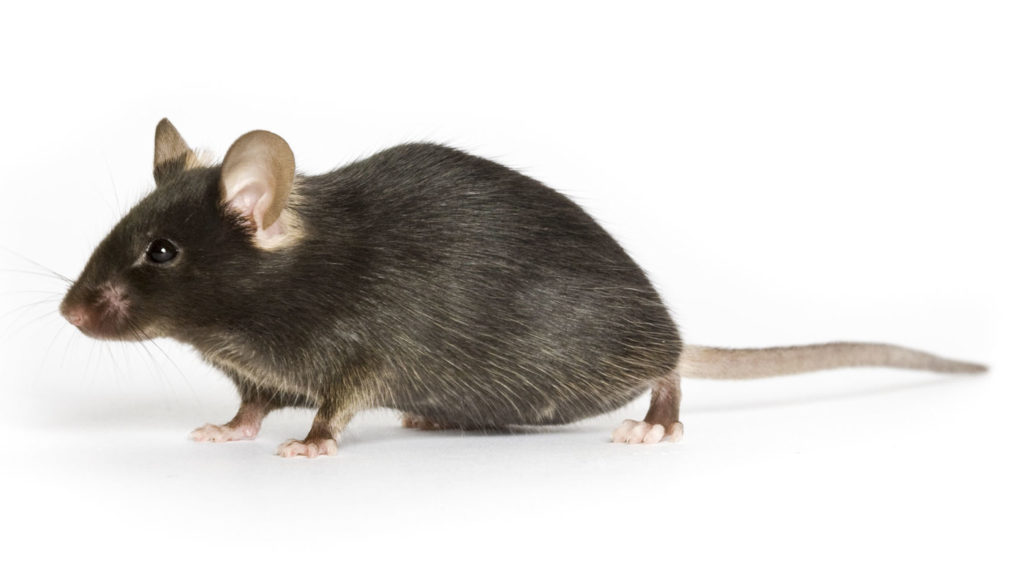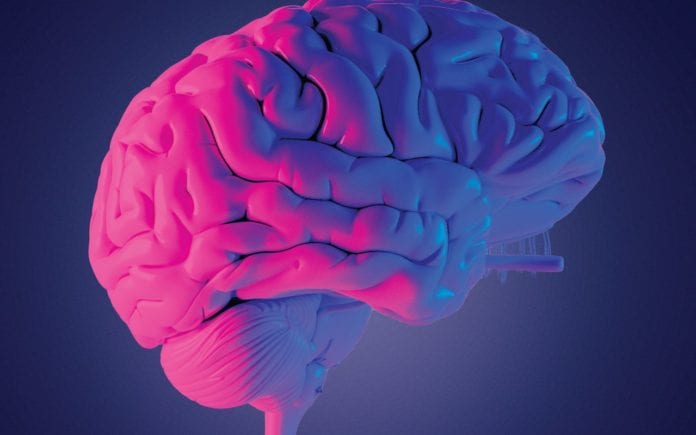The agony that is life can be unbearable sometimes. Physical pain is responsible for a lot of the instances of these unbearable situations. The human body has nerves distributed all across the body that carry the pain signal from our body parts to the Brain.
This signal is what activates the pain region of our Brains, and then we experience the said pain. This is a very effective mechanism that has helped humans survive the hostile wilderness since the stone ages. We can detect pain, which is why we are aware of our surroundings and are careful before trying anything too dangerous.

Researchers at Duke University have found a tiny area of the brain in mice that regulate the sense of pain. The pain controller has been found in an area of the brain known as the amygdala, which is an unusual place for it to be in because the amygdala is often considered the home of negative emotions and reactions. The feelings of anxiety and the urge to fight all originate here. Another unusual thing about the discovery was that the amygdala doesn’t turn pain on, rather it shuts it down.
Researchers have been looking for such a place in the Brain for a long time now. It is a widely held belief that such a centre exists as it is the only plausible explanation for why placebos work. The previous studies which had focused on the relationship of pain and the brain, had focused on the areas that were turned on by pain. Consequently, they had found several areas of the brain that were seemingly processing this emotion. Therefore if you had to turn it off, you would have to deal with a lot of distinct areas. Now, one region has been identified that can shut it all down, all on its own.

The research is building upon a previous study by the same researchers that had aimed to find the neurons that were activated under the influence of anaesthesia, rather than suppressed. However, there is a clear difference between pain and sleep, which is what anaesthesia induces in humans. It was found that anaesthesia activates a specific set of inhibitory neurons in the amygdala, which are called CeAga neurons. It was also found that the CeAga area was very well connected to the other areas of Brain, which could be a clue as to its effectiveness in controlling pain.
The research is building towards some important underlying biological principles that could lead us to a better understanding of the Brain and perhaps help us in treating patients as well.
Further Reading:


